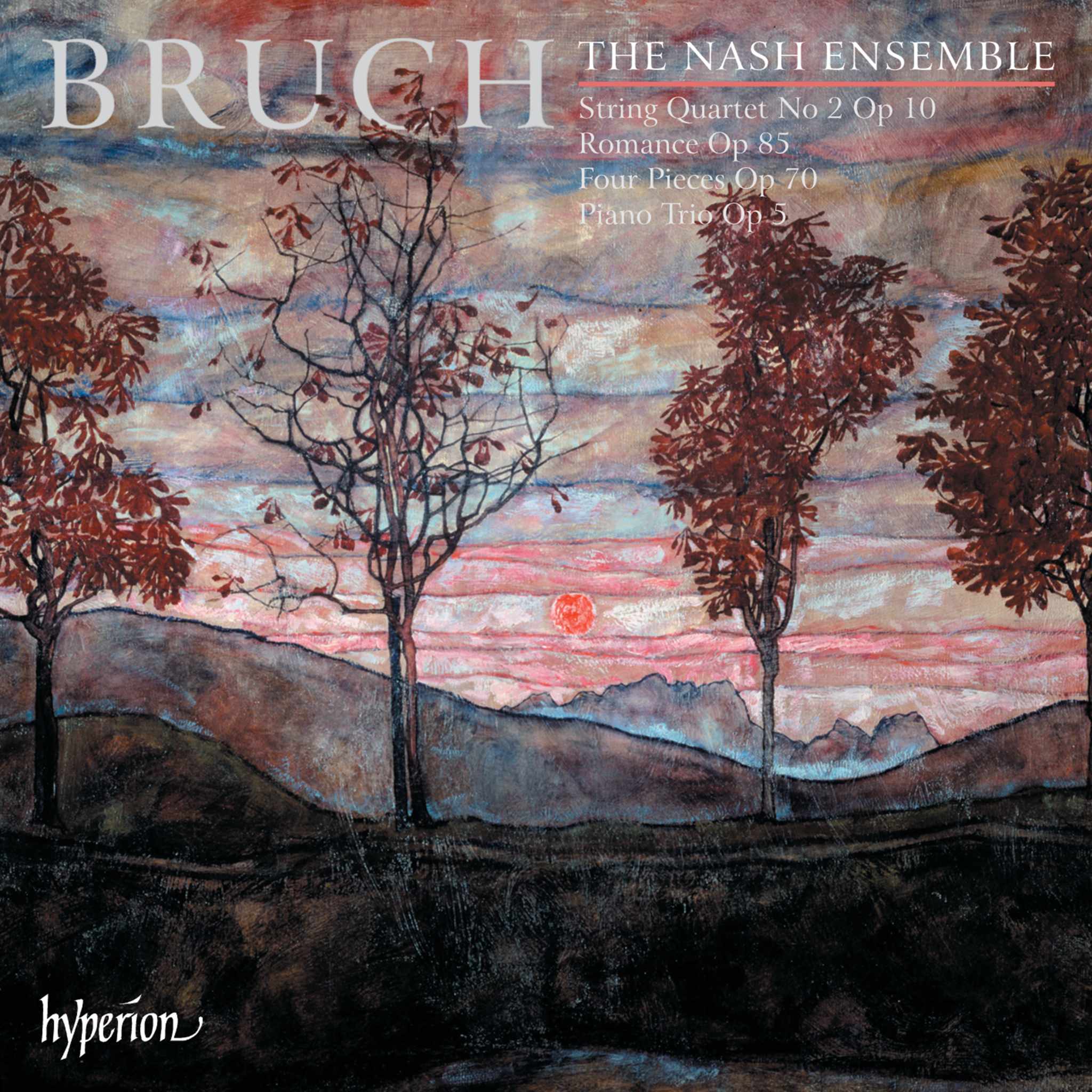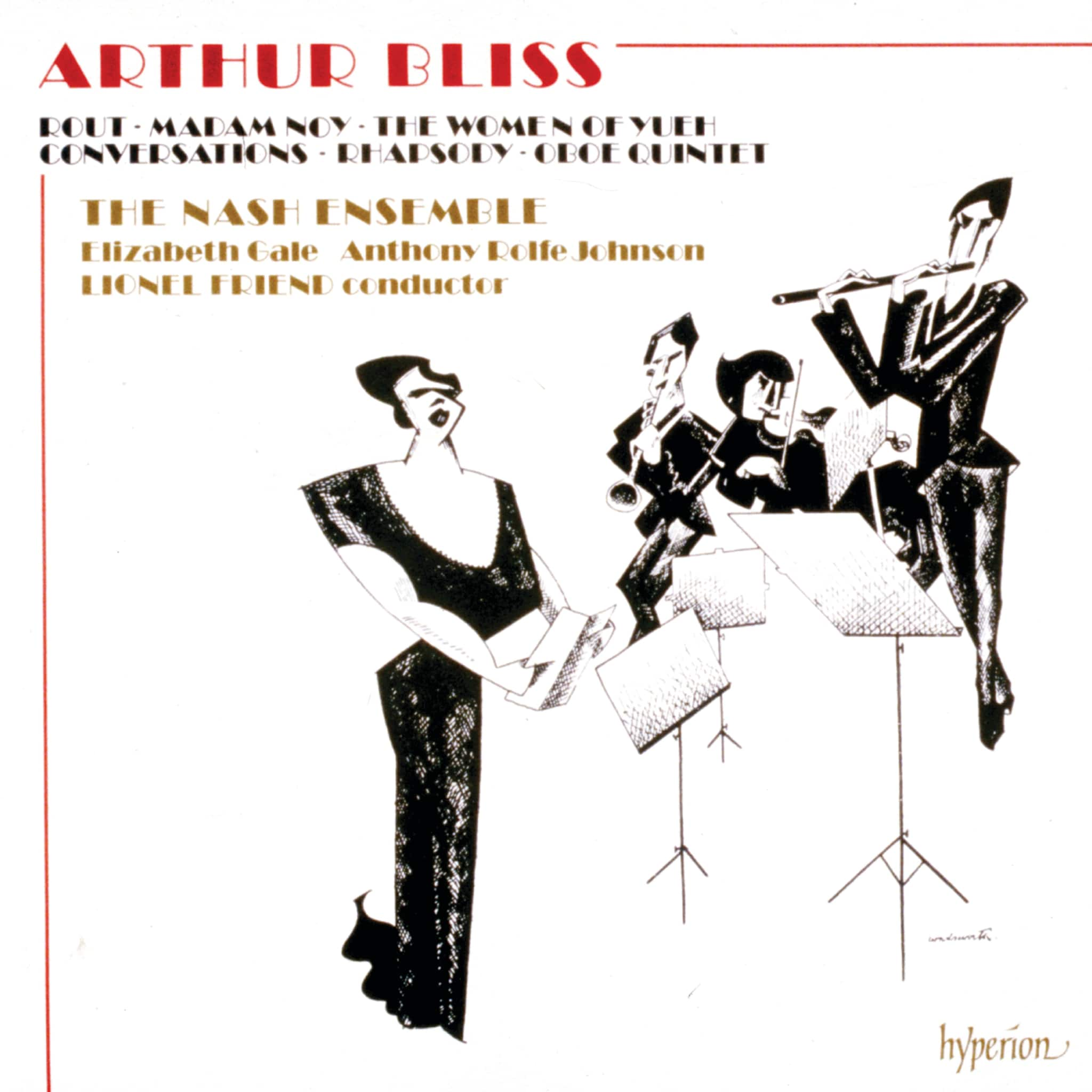Album insights
Chopin's Mazurkas have been regarded as embodying the essence of his work, expressing facets of his personality and emotions more directly than any other compositions. Throughout his composing life, Chopin frequently turned to the Mazurka, considering the entire collection as a musical diary where he could confide his innermost thoughts and reveal his progress as a composer. His use of modulations, harmonies, and contrapuntal work became increasingly bold with each new sequence, even tending towards experimentation in some later examples.
Chopin preserved the core elements of this Polish folk dance in the Mazurkas, elevating a familiar musical form to a high art form, much like he did with the waltz, polonaise, and nocturne. These Mazurkas are remarkably original and sometimes eccentric, reflecting his unrestrained desire to experiment. Despite their brevity, often lasting no more than four minutes, and the variations on a simple ABA form with occasional codas, these miniatures possess the same epic density and depth as his more extensive ballads.
In his second volume of Mazurkas, Chopin's late sets including opp. 50, 56, 59, and 63, along with 15 individual dances dating from 1826 to 1849, are explored. Despite Chopin's wish for their destruction, the sets op. 67 and 68 were eventually published posthumously in 1855 by his friend Julian Fontana, with approval from the composer's family.
Chopin's op. 50 and the following sets follow a similar structure: an impressive opening dance leads to a simpler section, concluding with a contrapuntal finale. These Mazurkas are generally longer than the earlier ones, showcasing thematic development and the use of counterpoint. Notable examples like op. 50 No. 3 in C-sharp minor and op. 56 No. 3 in C minor point to Chopin's admiration for Bach and "The Well-Tempered Clavier." Additionally, do we hear a bagpipe in op. 56 No. 2, a piece dedicated to his Scottish pupil Catherine Maberly and a friend of his patron Jane Stirling?
The three Mazurkas of op. 59 (1846) are not only less expansive but also appear more spontaneous and relaxed. Despite their brevity, these pieces feature some of Chopin's boldest modulations (No. 1 in A minor) and most beautiful melodies (No. 2 in A-flat major). A recurring element not previously mentioned in the Mazurkas is the often obsessive use of composition patterns, evident even in the famous final Mazurka of the set in F-sharp minor.
Opus 63, published in 1847, was the final set Chopin released. Dedicated to Countess Laura Czosnowska of Warsaw, a flirtatious friend of Chopin's sister Ludwika, this set includes lively pieces like No. 1, notable for its repetitive middle section, and the poignant and canonically structured No. 3 in C-sharp minor.
Among the Mazurkas opp. 67 and 68, op. 67 No. 4 in A minor (1846) and op. 68 No. 4 in F minor stand out as the most renowned. The latter, Fontana noted, was the last inspiration Chopin penned shortly before his passing, too unwell to play it himself on the piano.
In 1872, Wilhelm von Lenz recalled hearing Chopin play his own Mazurkas: "This was where the pianist Chopin truly felt at home with his performance, revealing his genuine originality." Berlioz shared this sentiment, acknowledging Chopin's unparalleled style of piano playing back in 1833 in "Le Rénovateur." Others, including Meyerbeer and Karl Halle, noted discrepancies in Chopin's rhythmic interpretations, leading to amusing disputes that briefly strained relationships.





